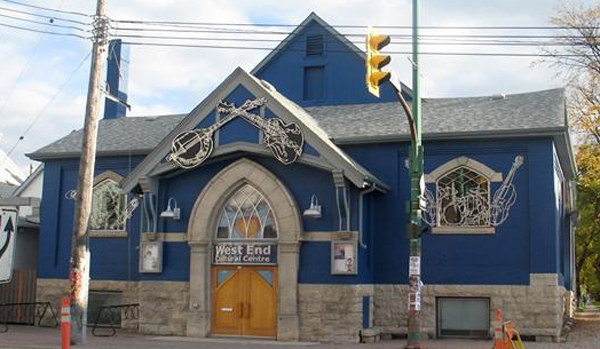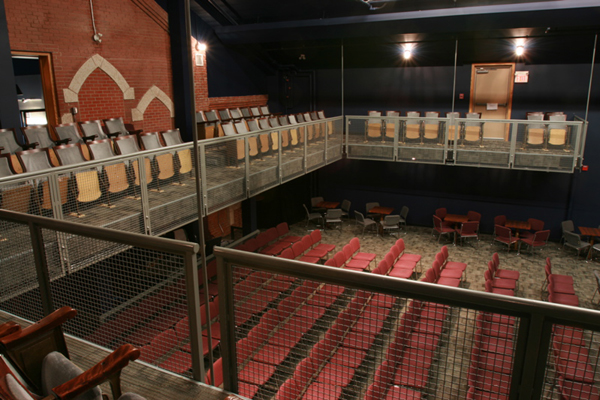Back in 1987 when a group of folk music enthusiasts created the West End Cultural Centre (WECC) in Manitoba, a nonprofit organization dedicated to presenting music outside the mainstream, an old church in Winnipeg seemed the perfect place to call home. That church became a serious liability in 2003, however, when structural engineers informed the WECC that major problems with the 95-year-old building could no longer be ignored.
Luckily, local business owners and supporters stepped up with the funds for a major renovation, and in 2008, the organization embarked on the process of gutting the old building and rebuilding to LEED standards. That hard work and goodwill on the part of volunteers and supporters has now paid off in the form of LEED Silver certification, which was recently awarded to the WECC by the U.S. Green Building Council.

As befitting a nonprofit, community-based organization, WECC approached the design of the new building via a collaborative, integrated process that involved a wide range of stakeholders, including architects and engineers, staff members, patrons, technicians, musicians and members of the local community.
The design of the venue incorporates a number of energy saving features, including a geothermal heating system (expected to reduce energy consumption for heating and cooling by an estimated 30 percent), low flow toilets, high efficiency windows, and upgraded insulation. Much of the construction materials used on site were made with recycled materials—most distinctively, perhaps, the bathroom countertops, which were created out of toilets and sinks, as well as wine and beer bottles, all recycled locally.
Over 85 percent of the materials from the old building were given new life in the new one—including doors, floor boards, joists, bricks, wiring and electrical boxes—and many other items saw former duty in other buildings. For example: the venue’s mezzanine theater seats came courtesy of the former Epic Theatre on Main Street, and the WECC’s solid oak doors, windows and bathroom partitions came from a Calgary courthouse scheduled for demolition.

Even the materials left over from the old building that couldn’t be reused by the WECC went to good use, as volunteers sorted items like lumber, wiring, lighting fixtures, plastics and insulation and donated them to other community organizations. When the WECC couldn’t find local organizations to take materials, staff members expanded their search for worthy beneficiaries to communities surrounding Winnipeg, and, in one very special case, halfway around the world: a number of its old bathroom fixtures went to a school redevelopment in Sierra Leone.
While this extremely detailed approach to recycling old building materials (and incorporating such materials from other projects) tends to add to the amount of labor required for a remodel, it’s also extremely green. (It’s also an approach that can work well for non-profit organizations with more volunteer hours for labor than cash for pricey new eco-friendly materials.)
More on the WECC’s remodel is available online.